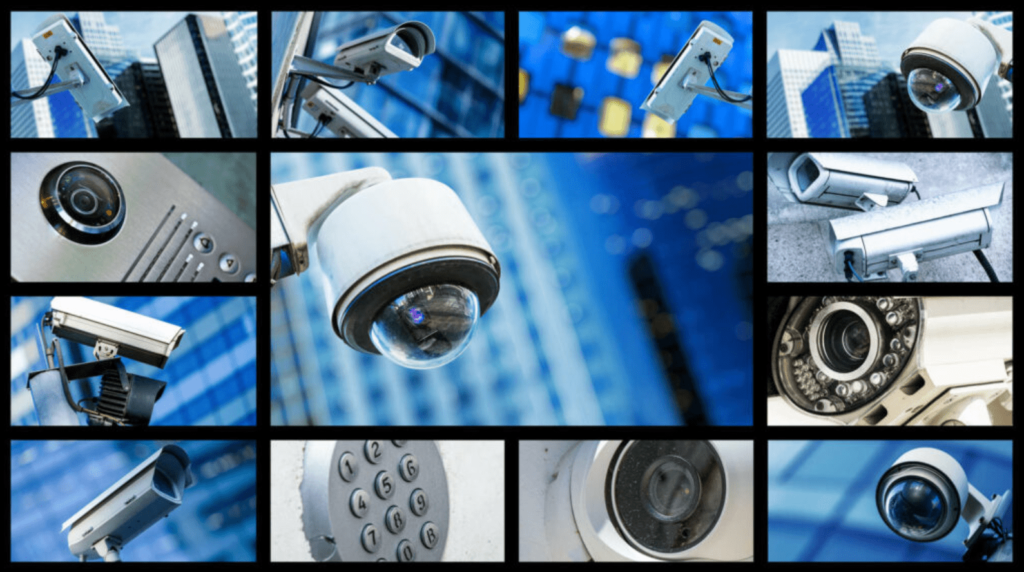
8 main principles of a distributed video surveillance system
8 main principles of a distributed video surveillance system
The market for video surveillance systems is growing and developing rapidly. More cameras appear, the shooting resolution improves, and, as a result, the demand for server power increases. Therefore, 50% of video surveillance systems are distributed. In this article, we will talk about the main points of building such a monitoring organism.
What is DVS?
DVS is an observation based on several recorders or servers, that is, on different recording devices. Such systems are implemented for the following reasons:
- too heavy video stream, it cannot be processed by one platform;
- the geographic range of the observation lens;
- one server usage is impossible due to technical capabilities and reliability;
- cameras with analytics functions are installed. Such devices require more power;
- the general object of observation consists of several separate, autonomous parts, which have their own goals and objectives of video monitoring.
Keep in mind that monitoring systems with recorders are a thing of the past. Today, installing IP cameras with a cloud storage service is crucial, for example, video surveillance from Faceter. Read more about the offer at https://faceter.cam/en.
Note
Before proceeding with the installation of a video surveillance system, it is necessary to develop a project. This will help you avoid overpaying for equipment and plan for the location of specific cameras.
Read more about the importance of system design: “Video surveillance project design. Everything you need to know.“
We recommend that you contact the professionals immediately, who will draw a plan and justify the advantage of each choice.
8 DVS principles
For a CCTV camera system to work, it is not enough to develop a project. You need to pay attention to a few more points:
- Management of remote workplaces.
Here you need to consider two nuances: setting up the system interface and working with the actual location of the cameras on the monitor.
The administration is an essential point for the installer since it helps remotely and centrally monitor all servers.
2. Event protocol.
This is a list of rules that control the transmission of video surveillance data. It is used to exchange data between servers.
3. Single observation point.
There should still be a post in a separate system through which you can view footage from any camera.
4. Cross-server automatic communication.
For a full-fledged system operation, you need to select the appropriate video monitoring software. When an event occurs on one server, programmed actions take place on the other.
5. Video analytics function.
Read more here.
6. Video wall.
This function allows displaying different images from the system cameras on a single screen and remotely changing the displayed device layouts for operators.
7. Intelligent search.
Gigabytes of information can be stored in the DVS archives every day, so it is not possible to manually search for the right moment on the server. Then intelligent search comes to the rescue, which initially classifies records and quickly searches for fragments.
8. Reservation.
You need to configure the ability to transfer the functionality of a broken service to another, serviceable one. This will increase the level of reliability of the installed video surveillance system.
Instead of a conclusion
When creating distributed video surveillance, it is essential to choose the right software for all devices. Otherwise, the system will not work. We also recommend moving away from DVRs, replacing them with cloud video surveillance. This technology allows you to interact with all servers separately and seamlessly.













